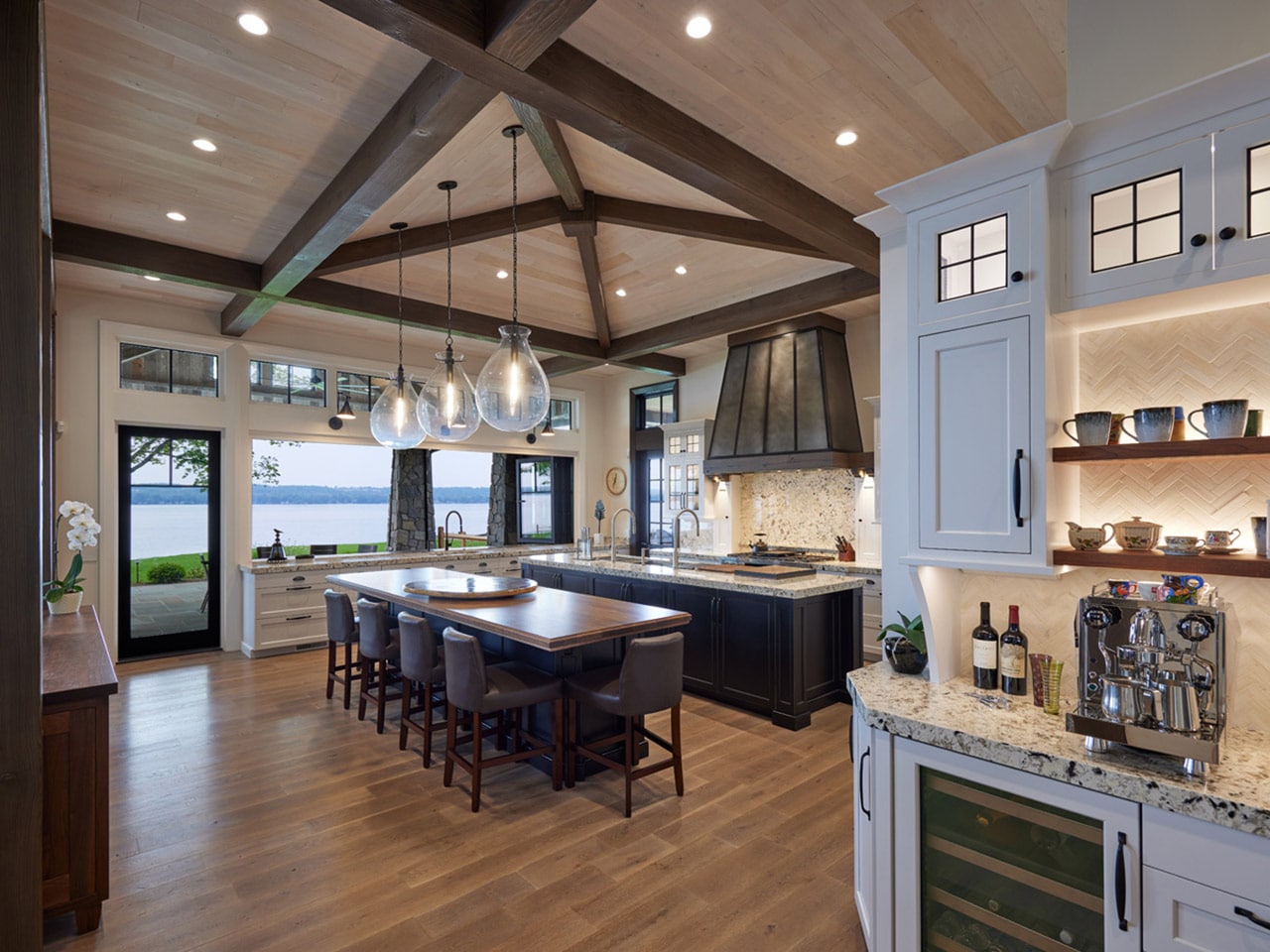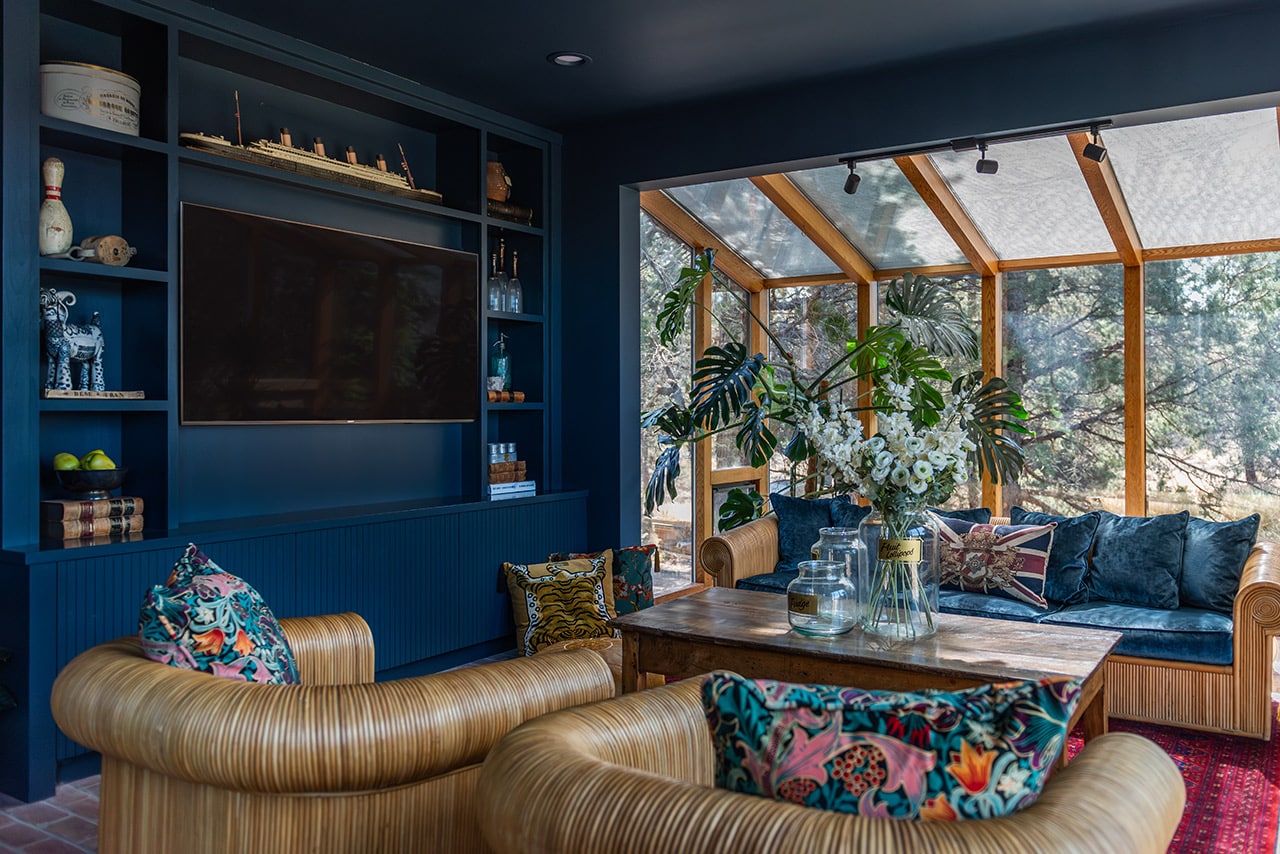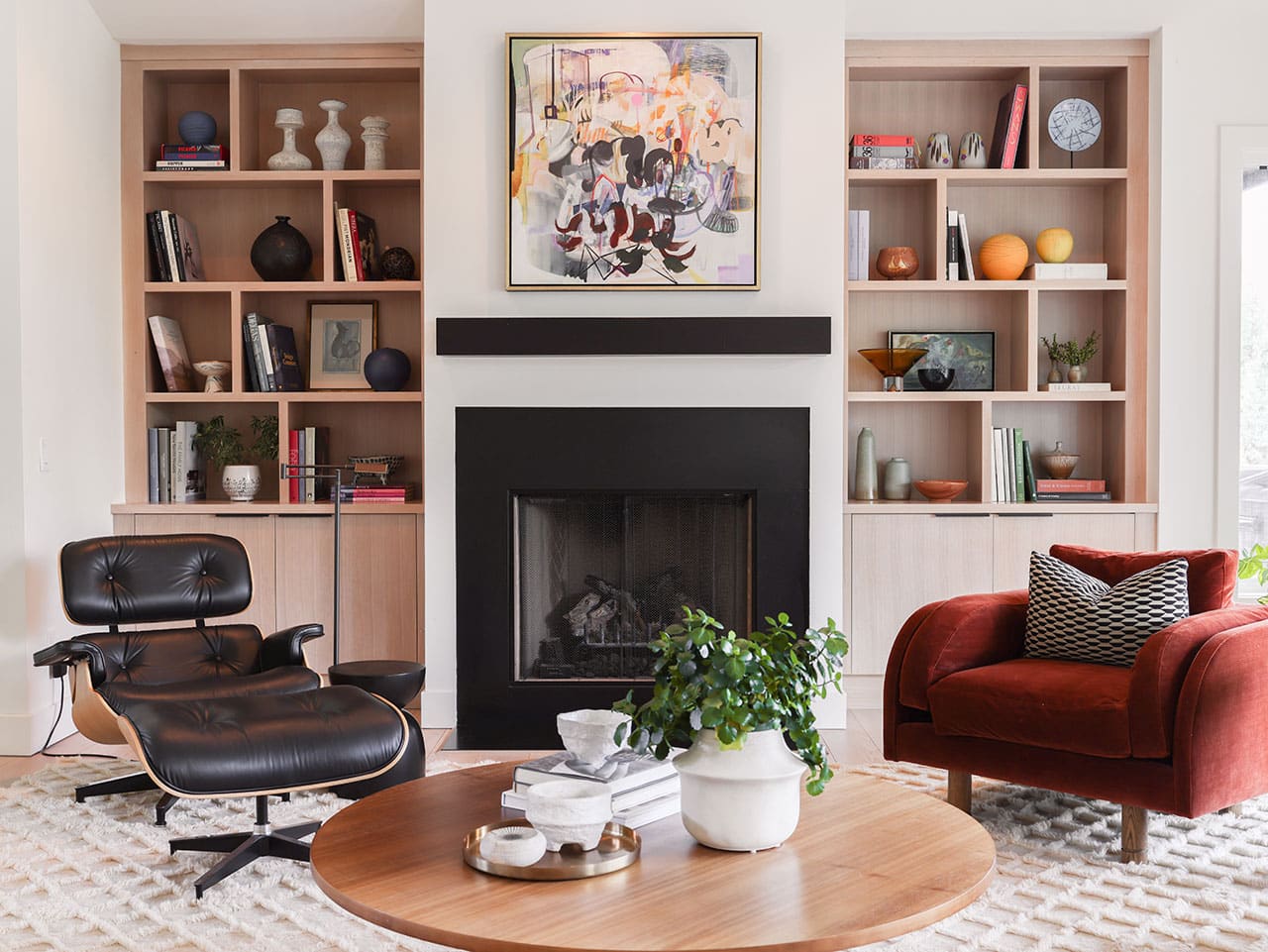Houseplants can add an incredible splash of life to any room they inhabit, but keeping them happy can sometimes be tricky. Read on for tips on picking the perfect plant and keeping it alive and thriving.
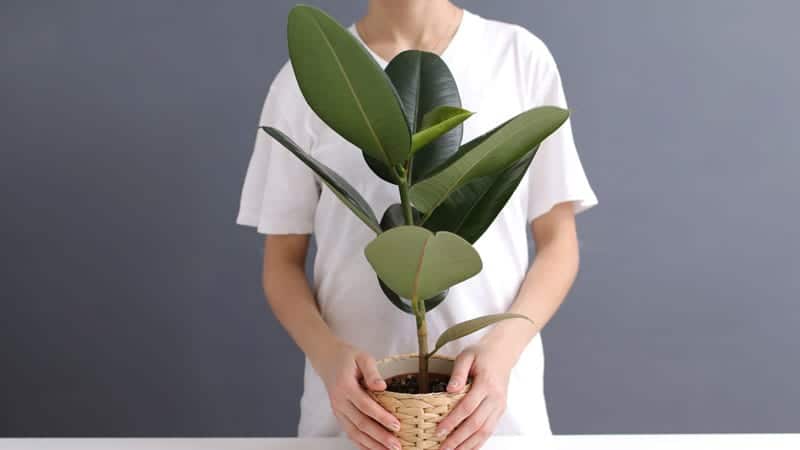
Style and variety
One of the first things to consider when choosing a new plant is selecting a style of greenery that complements the space it will be kept. This means different people are going to be happier with different styles of plant, whether it’s a lush, leafy green or a dry desert variety.

Tropical plants often come with some of the biggest green leaves around, and can turn a room into your own lush getaway. Tropical plants vary in size, with some larger varieties able to grow up to 30 feet under the right conditions, and some requiring large amounts of water and humidity. Other, smaller varieties can liven up a bookshelf, table or plant stand without significant maintenance. Many of the common houseplants you see are tropical, including spider plants and peace lilies.
Desert plants include much more than just a basic cacti, with many more vibrant, green options to choose from. Although some desert plants can grow to monumental heights in the wild, most houseplant variants will be relatively small. Some are simple and green, while others can produce beautiful flowers in different seasons. They will typically not be as large and lush as their tropical counterparts. These plants can create a mini oasis anywhere they go, as long as they get plenty of sun and not too much water.
Within these categories, there are many different types to choose from, including succulents, air plants, flowering plants, trailing vine-types and more.
Choosing wisely
After evaluating the types of houseplants available, it’s time to determine which to bring home. This comes down to evaluating the space where the plant will be kept.
Someone with a large, warm space with tons of direct light and a lot of time to dedicate to maintenance might choose the monstera, a beautiful and tall, broad-leafed plant that has become so popular that its unique leaf shape is often featured in artwork. Have a little less space and sunlight? Consider the areca palm instead—these popular indoor palms thrive in bright, indirect sunlight. Or for something more low maintenance, opt for the calathea, a variety of plant that thrives on indirect light and limited water. All three plants can give a room a lush feel, it just comes down to what that room is able to support.
Water and Light Care
Different plants need different amounts of direct sunlight to survive. This divides most houseplants into three categories: full sun, semi-shade and shade. Full sun plants can withstand many hours of direct sunlight, while semi-shade and shade plants need some direct sunlight and no direct sunlight, respectively. Most plants will have a symbol on their tag when buying that describes their sunlight needs.
In general, plants need water when the soil is dry. Dry soil will appear at different rates with tropical and desert plants of varying sizes, so it’s a good idea to check a plant’s soil twice a day for the first week or so. After that, adjust the watering schedule based on how quickly the soil dries. As for the amount of water, start in proportion to the plant. For instance, a three-inch tall cactus sitting on a desk might get a few tablespoons of water every week, while a two-foot tall tropical plant in the corner of the room might get about half a liter of water a week, sometimes more.
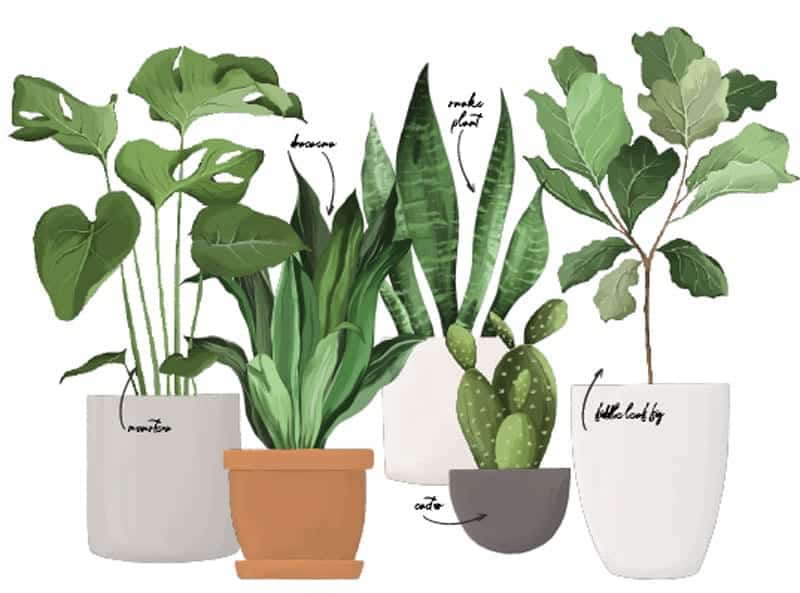
In the days and weeks after bringing a plant home, be sure to check for signs of too much or too little water. Too little water will cause wilting and dead leaves, but too much water can be a little more tricky, as different plants have different tells. For example, some broad leaf plants will form brown, dry tips on their leaves when they are overwatered.
With a little practice and careful attention to the needs of each plant, from watering and sunlight to placement inside a room, houseplants of any style can grow to thrive inside a home or office.



